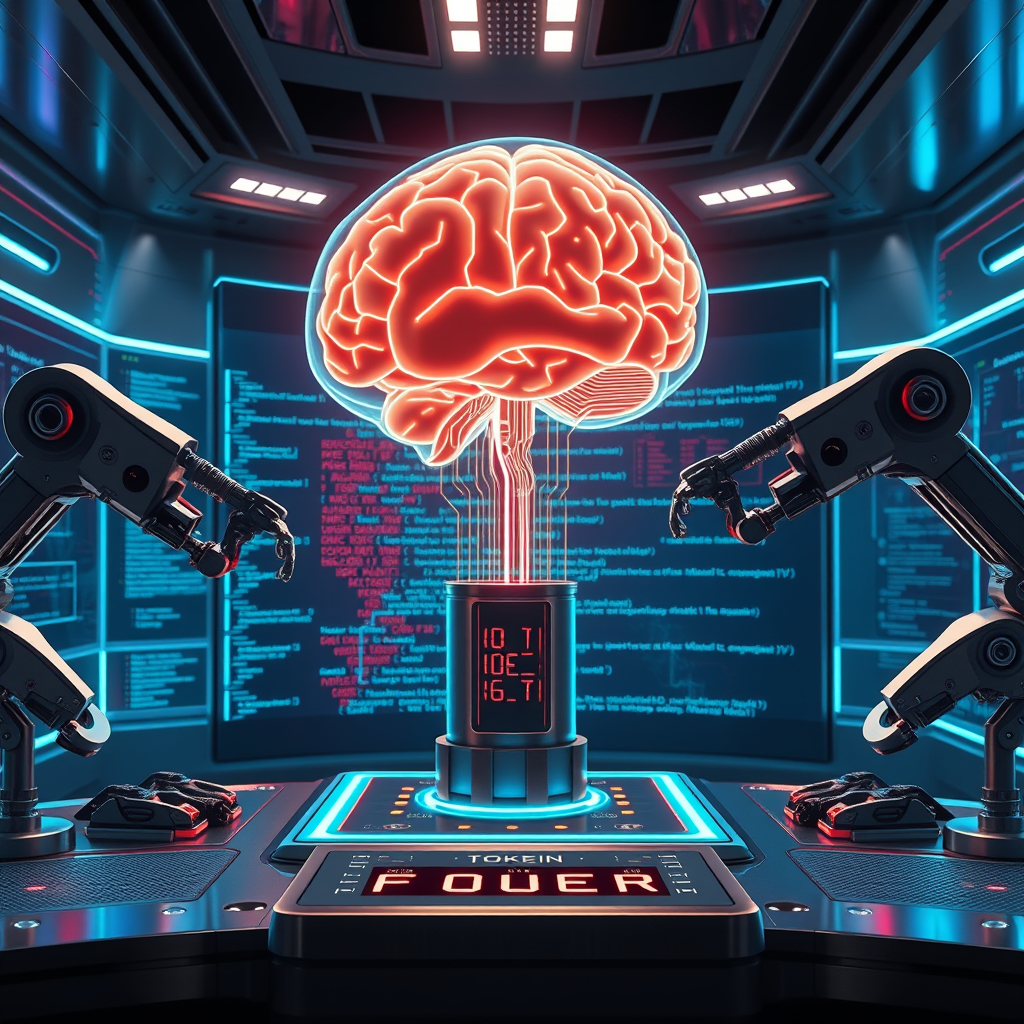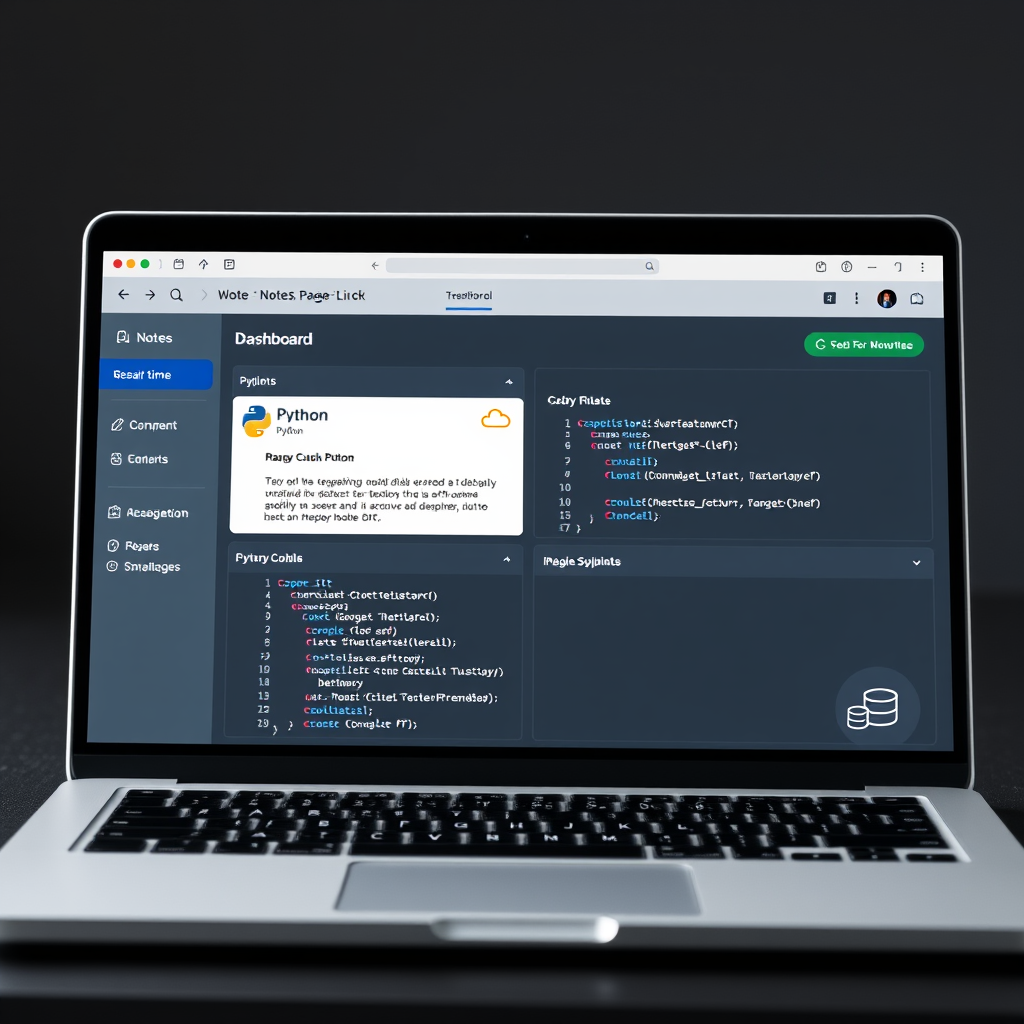
Introduction
Continual learning, the ability of an artificial intelligence system to acquire new knowledge while preserving previously learned information, has long been a holy grail for researchers and practitioners alike. Traditional deep learning models are typically trained once on a fixed dataset and then deployed; when new data arrives, the model must be retrained from scratch or fine‑tuned in a way that often leads to catastrophic forgetting. Google’s recent work on Nested Learning proposes a radical shift in how we think about model training: instead of treating a neural network as a monolithic entity optimized by a single outer loop, the framework decomposes the model into a hierarchy of smaller, interdependent optimization problems. This nested structure allows each sub‑module to adapt locally while the overall system remains coherent, thereby enabling the model to learn continuously without losing past knowledge.
The core idea is inspired by the observation that many real‑world tasks involve processing sequences of varying lengths and complexities. Long‑context understanding—such as reading a novel, analyzing a lengthy scientific paper, or maintaining a dialogue over many turns—requires the model to retain and manipulate information across vast spans. Conventional transformer‑based architectures struggle with this due to quadratic memory costs and limited receptive fields. Nested Learning addresses these limitations by embedding nested optimization within the architecture, effectively creating a multi‑layered learning process that can scale to longer contexts while preserving stability.
In this post we unpack the mechanics of Nested Learning, examine how it improves long‑context processing, and discuss its implications for the future of continual AI systems.
The Nested Learning Paradigm
At its heart, Nested Learning reframes a neural network as a collection of sub‑models, each responsible for a specific aspect of the overall task. Think of a large language model as a set of specialized experts: one expert might handle token embeddings, another might manage positional encodings, while yet another focuses on attention patterns. In traditional training, all these components are updated simultaneously by a single gradient descent loop. Nested Learning, by contrast, introduces an inner optimization loop for each expert, allowing it to refine its parameters independently before the outer loop aggregates the results.
This hierarchical optimization mirrors the way humans learn: we first master individual skills—such as reading, writing, or arithmetic—before integrating them into complex tasks like essay writing or problem solving. By giving each sub‑module its own learning trajectory, the model can adapt more flexibly to new data. For example, when encountering a new domain with specialized terminology, the embedding expert can adjust its vocabulary representation without destabilizing the attention mechanism.
Moreover, the nested structure naturally supports parameter isolation. Because each sub‑module’s updates are confined to its own parameter space, the risk of interference with unrelated components is reduced. This isolation is crucial for continual learning, where new updates must not overwrite or degrade previously acquired knowledge.
How Nested Optimization Enhances Long Context
Long‑context processing demands that a model maintain a coherent representation of information across many tokens. Traditional transformers face a quadratic scaling problem: the attention matrix grows with the square of the sequence length, quickly exhausting memory and computational resources. Nested Learning sidesteps this bottleneck by distributing the workload across nested layers.
In practice, the outer loop operates on a compressed representation of the input—often a summary or a set of key tokens—while each inner loop processes a finer granularity of the data. This multi‑resolution approach allows the model to capture both global structure and local detail without having to attend to every token simultaneously. The inner loops can employ efficient attention mechanisms, such as sparse or hierarchical attention, tailored to the specific sub‑module’s needs.
An illustrative example is a document classification task where the model must consider both the overall theme and specific argumentative points. The outer loop might first encode the document’s title and abstract, providing a high‑level context. Inner loops then dive into paragraph‑level or sentence‑level representations, refining the classification decision. Because each inner loop only deals with a manageable chunk of the data, the system can handle documents that would otherwise exceed the capacity of a flat transformer.
Another advantage is the ability to reuse learned sub‑modules across different contexts. When the model processes a new long document, it can invoke the same nested experts that were trained on shorter texts, thereby leveraging prior knowledge without retraining from scratch. This reuse is a key factor in reducing the computational cost of continual learning.
Practical Implications and Use Cases
Nested Learning’s architecture lends itself to a variety of real‑world applications. In customer support, for instance, an AI chatbot must remember the history of a conversation that can span dozens of turns. By nesting the dialogue management module within a broader context‑aware framework, the system can maintain coherence over long interactions while still adapting to new user intents.
In scientific research, models often need to parse and synthesize information from lengthy papers or datasets. Nested Learning can enable a research assistant that reads entire articles, extracts key findings, and integrates them into a broader knowledge base without losing the nuance of each individual study.
Financial forecasting also benefits from nested structures. Market analysts must consider macroeconomic indicators, company reports, and real‑time news streams. A nested model can treat each data source as a separate expert, combining their insights in a principled way that preserves long‑term trends while remaining responsive to short‑term shocks.
Beyond domain‑specific use cases, the nested approach also offers a pathway to more robust, energy‑efficient AI. Because each inner loop can be executed on specialized hardware or even off‑loaded to edge devices, the overall system can scale gracefully across heterogeneous computing environments.
Challenges and Future Directions
While Nested Learning presents a compelling vision, several challenges remain. First, designing the optimal hierarchy of sub‑modules is non‑trivial; too many layers can introduce overhead, while too few may fail to capture the necessary granularity. Automated architecture search techniques, perhaps guided by reinforcement learning, could help discover effective nesting strategies.
Second, the coordination between inner and outer loops requires careful tuning of learning rates and regularization terms. If the inner loops converge too quickly, the outer loop may not benefit from their refined representations. Conversely, overly aggressive outer updates can destabilize the inner experts. Developing adaptive optimization schedules that balance these dynamics is an active area of research.
Another open question concerns the theoretical guarantees of continual learning in nested systems. While parameter isolation reduces interference, formal proofs of stability and convergence are still lacking. Bridging this gap will likely involve advances in dynamical systems theory and information‑theoretic analysis.
Finally, the practical deployment of nested models at scale will demand new tooling and frameworks. Existing deep‑learning libraries are largely built around flat architectures; extending them to support nested optimization will require both software and hardware innovations.
Conclusion
Nested Learning offers a fresh perspective on the perennial problem of continual learning. By treating a model as a collection of nested optimization problems, the framework achieves a delicate balance between flexibility and stability, enabling AI systems to absorb new information without forgetting the old. Its inherent suitability for long‑context processing unlocks new possibilities across domains—from conversational agents that remember entire dialogues to scientific assistants that synthesize vast bodies of literature. While challenges remain in architecture design, optimization coordination, and theoretical grounding, the promise of nested structures points toward a future where AI can learn continuously, efficiently, and responsibly.
Call to Action
If you’re a researcher, engineer, or enthusiast eager to explore the frontiers of continual learning, consider diving into Google’s Nested Learning papers and experimenting with your own nested architectures. Open‑source implementations and modular training frameworks are emerging, offering a practical entry point. By contributing to this nascent field—whether through code, data, or theoretical insights—you can help shape AI systems that learn like humans, adapt to new challenges, and retain the knowledge that matters.


